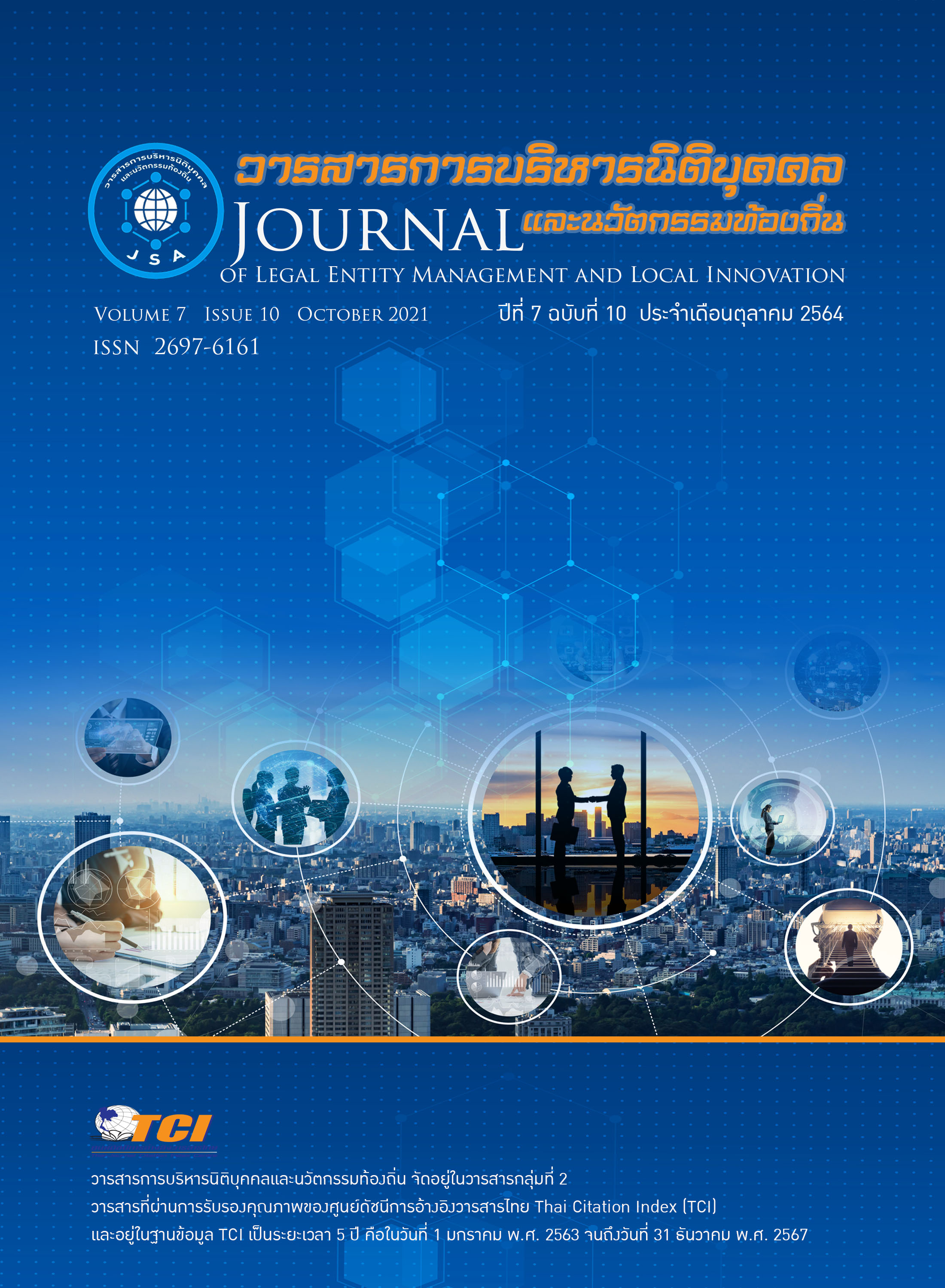The Role of Buddhist Temple in Community Development: A Case Study of The Role of Wat Panongkratum in Nongbuosa-at Sub-district Buoyai District, Nakornratchasima Province
Keywords:
Temple, Role of Temple, Community DevelopmentAbstract
This research aims to 1. study the role of Wat Panongkrathum in community development, 2. investigate problems, obstacles, strengths and weaknesses of Wat Panongkrathum in community development and 3. study community activities resulting from community cooperation. It is a qualitative research. The semi-structured in-depth interviews were used with 10 representative persons of the community (Ban, Wat, School). A group discussion was also employed with from 6 community leaders. All data were later used to synthesize in this research article. The results of the research showed that 1. The role of the temple in community development were in 5 aspects: 1) Education: both formal and informal educational including promotion with scholarships, equipment and materials for schools, 2) Economy: a workshop to educate on the economy according to the Buddhist way and supporting factors contributing to occupation on the social side, 3) Society: A campaign against drugs, developing in mental training and for public health, 4) Arts and Culture: integration with by local traditions, religious rituals and learning centers of arts and culture and 5) Environmental Conservation: waste management, planting trees, promoting the production of chisels and organic fertilizers. 2. Problems, Obstacles, Strengths and Weaknesses of the temple in community development indicated that the problem or obstacle was the lack of cooperation from some groups or individuals in the community including to manpower and budget. Strengths: the abbot has dedicated himself for both religious and social activities. From these dedications, he is highly respected by the community members. Weakness: the temple did not have appropriate planning and strategies and collaboration from the community. This includes the lack of public relation with all stakeholders. 3. Social development activities: the results showed that community had collaboratively managed community forest in thinking, planning, management, responsibility and expanded the results for other activities in community development.


